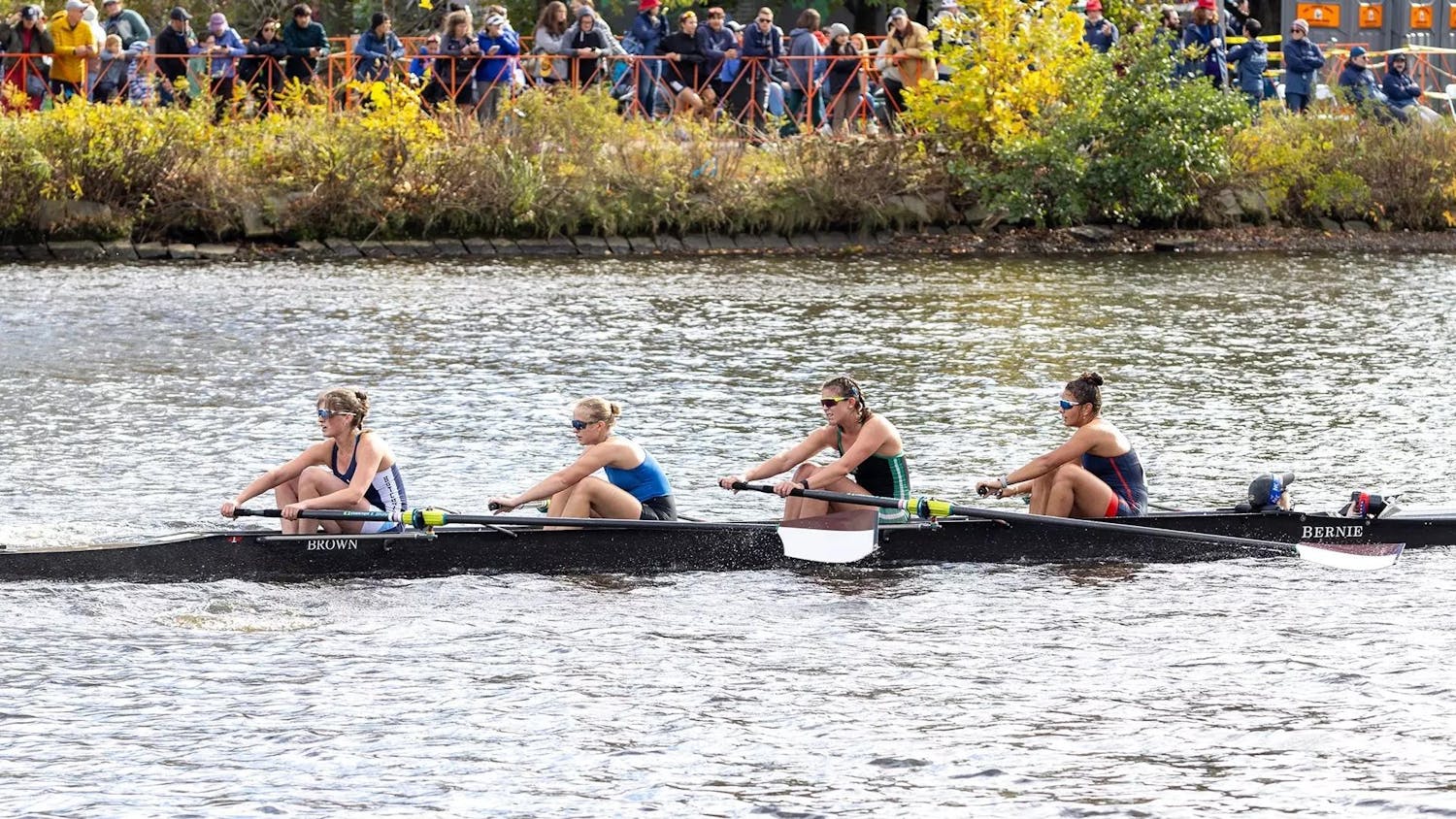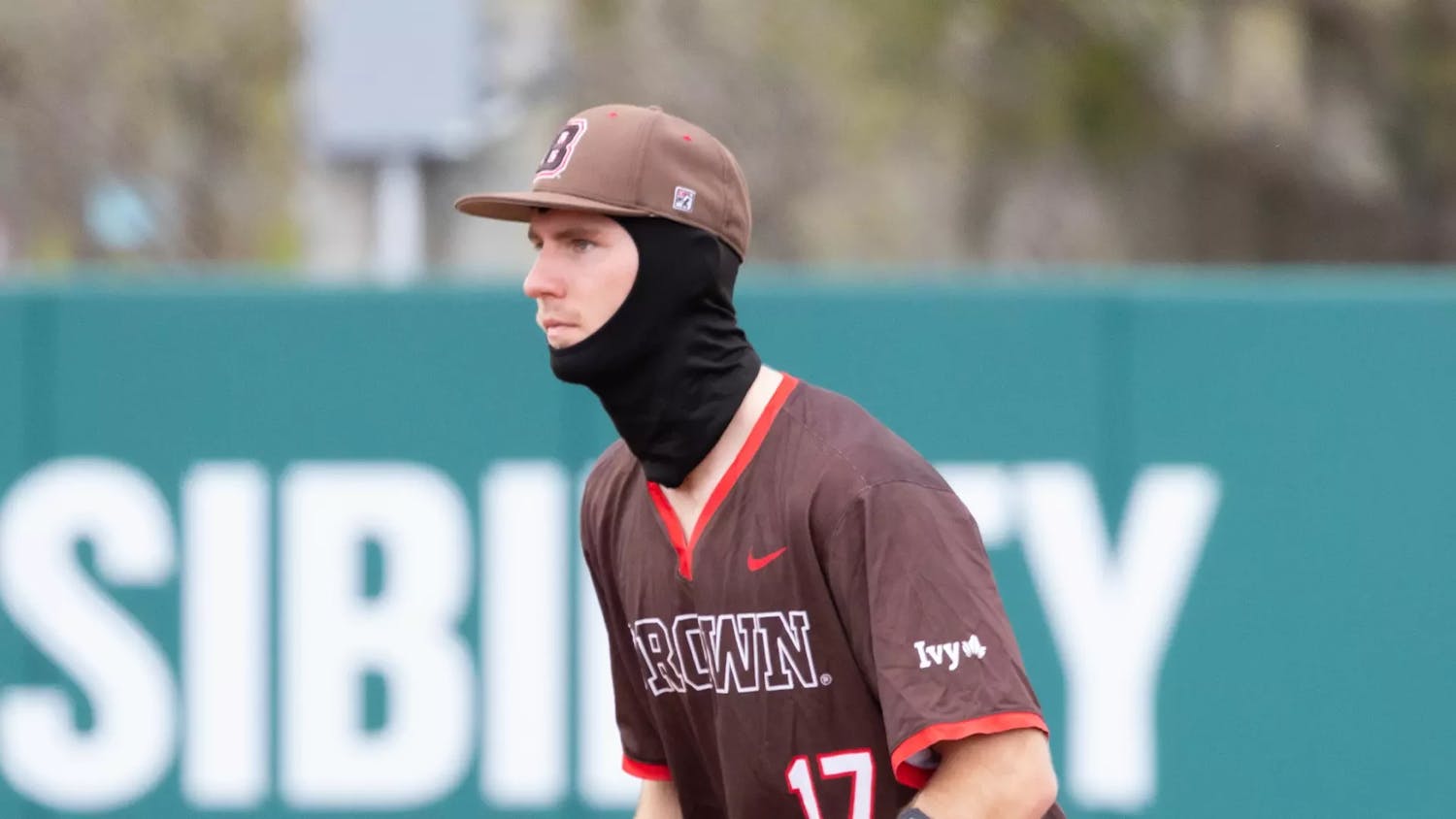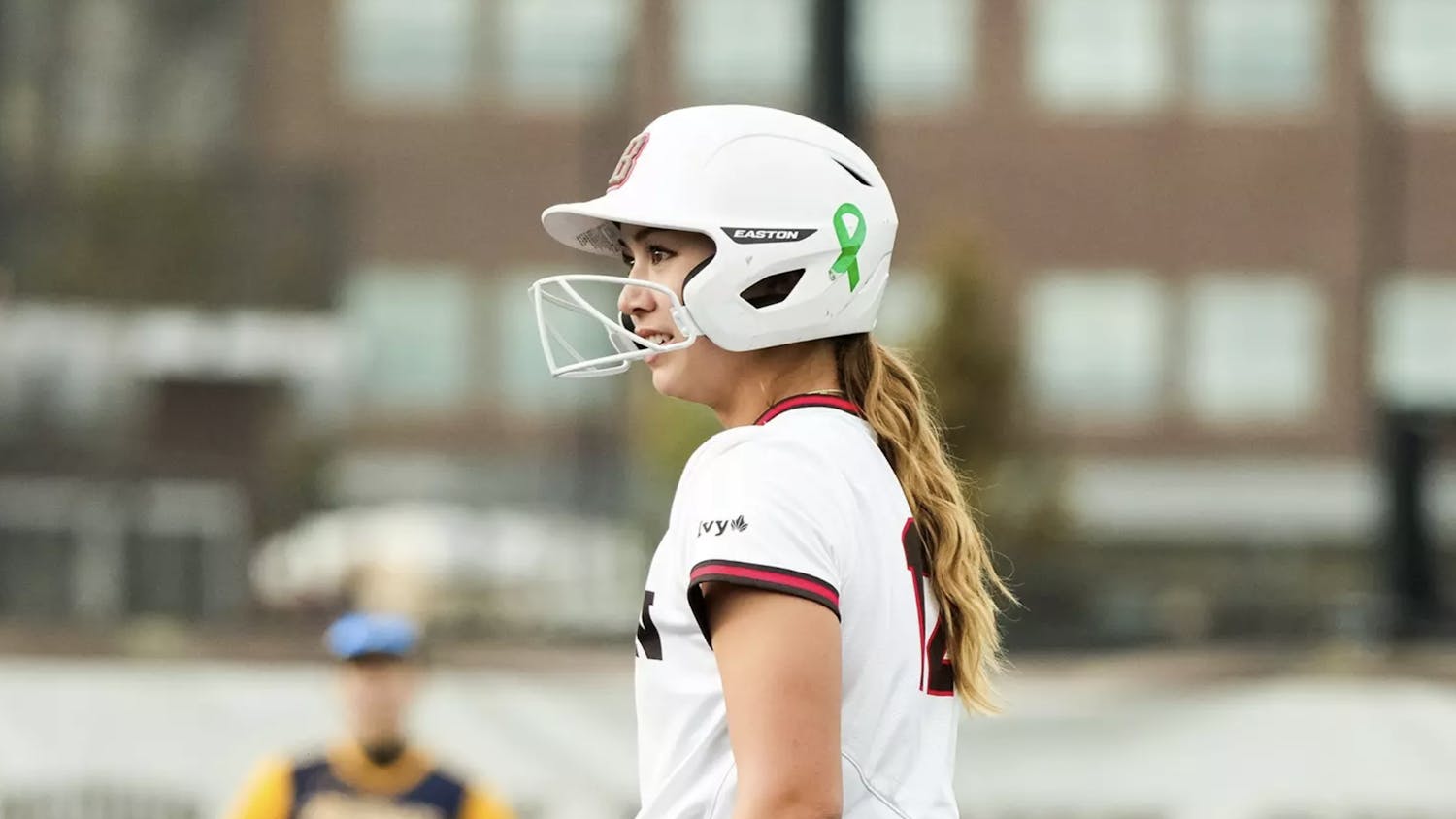Monique LeBlanc isn’t a track coach, but she’s got a high hurdle to overcome. Hired to head the women’s basketball program in the middle of the COVID-19 pandemic, Head Coach LeBlanc must rally a team that she has not met face to face since taking the job. LeBlanc joined the Bears last April after nine years as head coach at Merrimack College, where she led the Warriors to 20 wins in their first season as a Division I program and claimed Merrimack’s school record for the most women’s basketball wins in a coaching career (129). She is now the fifth women’s basketball coach in the Bears 48-year history, and due to the Ivy League’s COVID-19 pandemic restrictions, has yet to conduct a single full-scale practice, let alone take part in a game. But despite the lack of action on the court, LeBlanc reports that she has been working harder this season than she has for any championship campaign. Due to the unprecedented circumstances through which she has managed her transition, LeBlanc has been selected for this week’s edition of the Herald’s Coaches Corner.
Herald: You were hired in the middle of a pandemic. Have you actually met the whole team face to face yet?
LeBlanc: No, I have not. Most people are usually shocked to hear how few I’ve (not) met. We have 15 student-athletes on the team, and I’ve met six in person, and I’ve already wrapped up my ninth month here at Brown. I say here at Brown, but I’m never even there at Brown.
Maintaining team cohesion is already difficult when bringing in a new coach. How are you establishing your team culture with the players in different physical locations?
Everyone is making connections when they can count on those opportunities to mingle socially, whether it’s out at a party on campus or just grabbing dinner after practice, and those opportunities really add up in terms of building a relationship with your teammates. Now, only having formal opportunities to socialize via FaceTime calls, (the athletes) really rely on the use of social media (for more informal communication). I’m a little bit more old school so I love talking on the phone, but I know that’s not necessarily preferred. At this point in time, our freshmen and sophomores (who are only just arriving on campus) would have had a lot of face-to-face team interactions by now. But a lot of them haven’t even spoken in person ever. We’re just trying to understand that team time is important while remembering that Zoom fatigue is real. So, I’m constantly trying to keep a pulse on it, reevaluate and not be married to one idea or one strategy.
You have a master’s degree in education. How has that influenced your approach to coaching style and team dynamics?
When people talk about coaches, it's like, “Coaches love to be in control of things and want to be able to say, ‘this is when it's going to be over,’ or ‘this is when we're going to be able to practice,’” and thinking that loss (of autonomy) is the big struggle. For me as a coach, that's not exactly it. I'm comfortable with not being in control of the pandemic and lots of other things this past year. What’s uncomfortable as a leader is that we like to be that person who can help solve the problems, in my case, for our student-athletes. Being a leader, knowing you can help find the answers is something you take pride in. So that’s been the discomfort, because as you pointed out, this is entirely new. There is no rule book on handling a pandemic, so it’s been challenging. I feel badly when I haven’t been able to provide answers. You know, nobody likes to say, “I don’t know. You could go ask this other person, but they probably don’t know either.” So the absence of being able to give concrete answers has been the most challenging thing, it always makes things a little easier to feel you have and can give a sense of direction and purpose.
Besides the inability to meet the players, what has the biggest coaching challenge been during the pandemic?
As coaches, we typically have a clear-cut set of standards, especially for the work we expect them to put in on their own time. So, while we aren’t allowed to check in on (their work) over the summer, we like to lead with trust and just believe that we have mentored our athletes well enough that they’re doing what they need to do. That was challenging this summer because depending on the different towns that people lived in and what their home setup is like, some players have a hoop in their driveway, but others relied on access to (gym) hoops. Well, (gyms) were shutting down in different parts of the country. Other players had outdoor hoops in parks near their house. Great, right? Well, a lot of outdoor parks took the rims off the backboards because they’ve really wanted to discourage people from interacting in groups. So it was challenging to have any sort of expectation of what type of work we're putting in.
As things progressed, that quickly shifted to, “I don't even care about those standards right now. I'm more worried because now it's been a couple of weeks since you've been able to shoot a basketball and I know that's a big part of your identity. How are you doing without having that outlet?” So, the concern quickly shifted from trying to keep up with our training regimen to just wanting to make sure the players were doing alright. It weighs on student-athletes when they can’t have their routine. So, it was no longer about, “How do we keep you ready for competition?” it was, “How do we help you find something to do with no access to the hoop, or any of the other things you love about being a student-athlete who trains hard, that keep you feeling fit and strong and powerful?”
It has been months since your athletes were able to attend an official school practice. How do you plan to ease back into activity at a manageable pace without curtailing the enthusiasm of returning?
The activity level for most of our student athletes has been very low, especially because of (Quiet Period for those students who) moved back to campus. I know our players have been doing in-room workouts, and that's great because it's something, but by no means is it high level training. For us, though, our next season is not until November at the earliest. So here in February, their conditioning level is really a distant, bottom priority for me right now. What I want to get out of Thursday and each day moving forward is not to make gains, it's to increase their capacity. We’re technically still in season, when they’d be getting a lot of (playing time) already, so strength training is lower intensity at this time of year anyways. Knowing that we don’t have a season until November, there’s a long period of time that we can put towards getting stronger in the weight room, and we typically don’t have long periods in which we can attack the weight room in that way. So that’s exciting, but we’ve got to start slow and work our way up to it.
*This interview has been edited for clarity and length.

ADVERTISEMENT




